The Xiaomi Mi MIX 2S Review: Fantastic Overall Value
by Andrei Frumusanu on June 29, 2018 8:00 AM EST- Posted in
- Mobile
- Smartphones
- Xiaomi
- MI MIX 2S
Display Measurement
The MIX 2S comes with an LCD IPS panel sourced from JDI alongside a Novatek NT35596S DDIC driving it. Notably there’s some concerns on the side of the display as I saw that it’s running in video mode instead of command mode – something that’s not beneficial to power consumption as the SoC has to continuously send display data to the DDIC over the MIPI interfaces. I’m not sure why Xiaomi chose to drive the display in this way – one reason could be cost cutting as it simplifies the implementation. Both the DDIC and the SoC obviously support command mode so it doesn’t seem to be a technical limitation.
There’s also concerns about the display panel itself – one of the things that immediately popped out to me was that the panel had some noticeably slow pixel response times and this resulted in ghosting and trailing. I found this quite annoying and it was one of the reasons why I didn’t like using the phone over prolonged times.
Viewing angles while being good in-axis, showcased some less spectacular performance off-axis, with noticeable reduced contrast from certain angles. It’s unfortunate to see that Xiaomi opted for a less than perfect display panel for what is essentially one of their flagship devices – as both the response time issue and the viewing angles alone make this a notably worse display than what we’re used from LCD screens from LG or Apple.
Nevertheless, we move on to the usual display characterisation.
Yet another Android 8.0 phone, yet another new phone that doesn’t support Android’s new colour management. At this point I do ask myself if we’ll ever see any kind of wide-spread support – as far as I’m aware the Pixel devices are still the only phones who support it. Hopefully 2019 is the year where we’ll finally have vendors try to reconciliate their own colour profiles with actual true colour management.
Xiaomi supports 3 colour profile modes: “Automatic contrast” with selectable default, warm or cool colour temperature presets; a custom mode that targets DCI-P3 but has some interesting quirks, “Increased contrast” which targets DCI-P3, and “Standard” which targets an accurate sRGB profile.
As always, measurements are performed with an X-Rite i1Pro 2 spectrophotometer, with the exception of black levels which are measured with an i1Display Pro colorimeter. Data is collected and examined using SpectraCal's CalMAN software.
Standard (sRGB)
Increased (DCI-P3) Automatic Warm
In terms of grayscale accuracy, the “Standard” sRGB mode is the most accurate with a colour temperature of 6588K. Maximum brightness comes in at 465cd/m² and there is no automatic brightness boost in brighter scenario conditions. Minimum brightness could go extremely low down to 0.94nits which offered some excellent night-time reading.
The “Automatic Contrast” mode by default targeted some very cool colour temperatures, and actually the “warm” pre-set still came in at 7290K so still not very accurately balanced. The interesting thing about the “Increased contrast” mode is that it actually offered an increase in contrast – while this might seem straightforward when taking into account its naming, as we’ll see later on it’s quite perplexing as in theory we shouldn’t be seeing a contrast change just due to a change in the colour space.
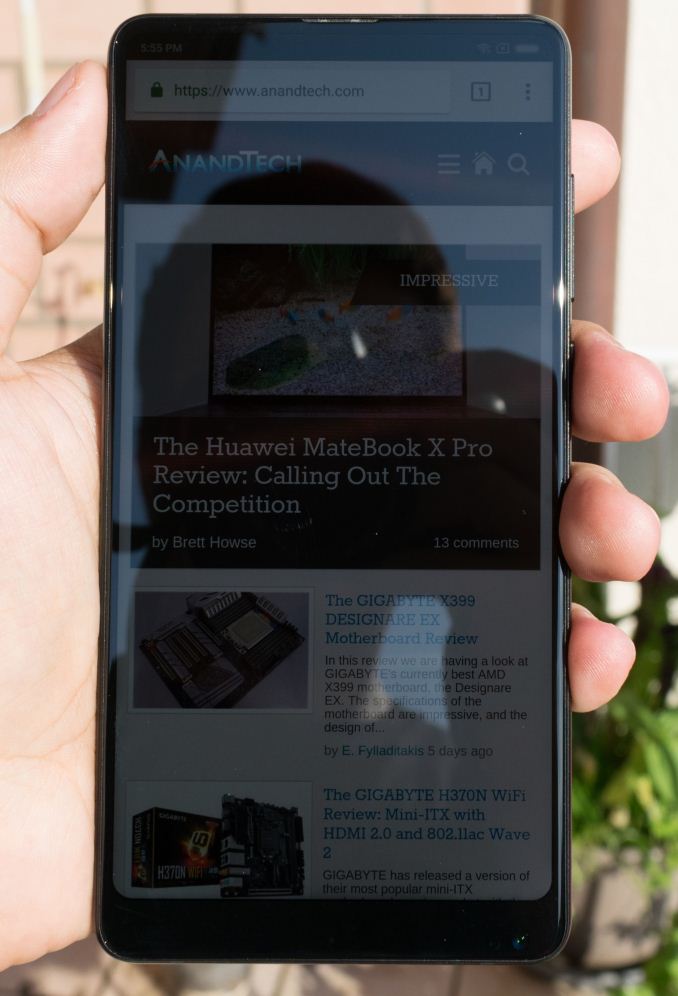
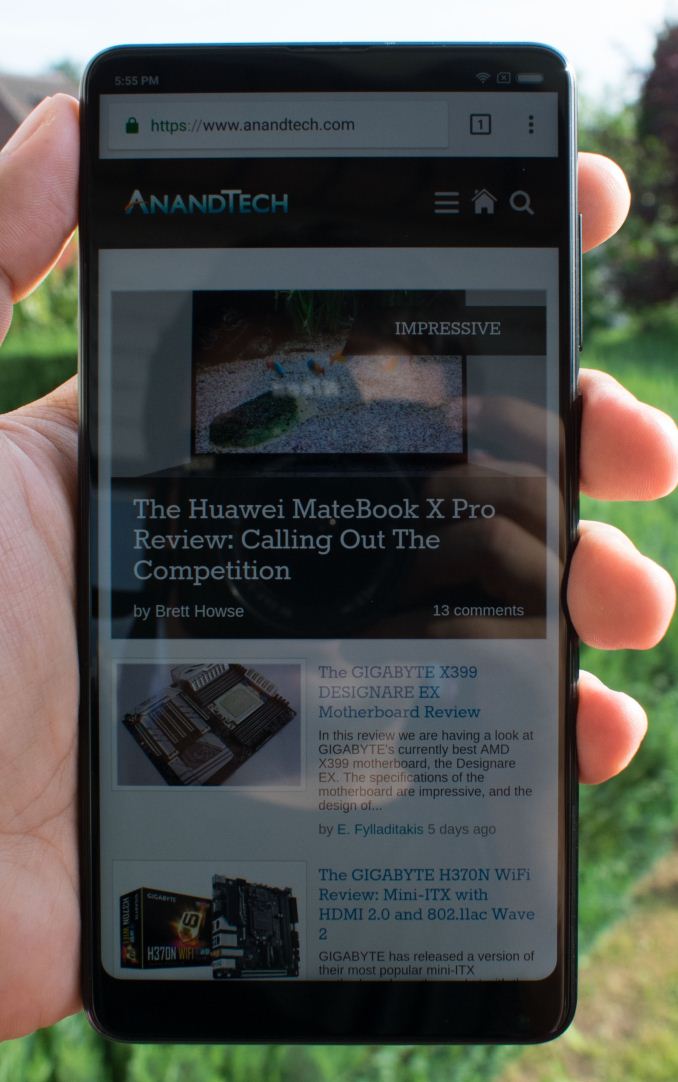
Direct sunlight vs indirect sunlight
In direct sunlight, the MIX 2S is notably weaker than competing phones in terms of offering good legibility – the 465-ish nits without any boost or increased contrast mode is still useable, but just doesn’t offer the same convenience as Samsung’s high-brightness modes or simply increased brightness boosts to >600nits.
In the standard sRGB mode, the gamut and saturation accuracy is excellent with an overall deltaE2000 of 1.62. Only in the blue spectrum it looks like the calibration is slightly undershooting the target chromacity.
In the “Increased Contrast” and “Automatic Contrast” modes we see both targeting the DCI-P3 colour space. It’s actually unfortunate that the mode that is actually meant to be accurate to the profile ends up missing it due to the blue shift of the non-configurable colour temperature. It looks like Xiaomi’s is simply using a linear colour offset to achieve the target colour temperature – we’ve had far more accurate and sophisticated calibration mechanisms from vendors over the years. This issue actually makes the Automatic mode in the “Warm” preset the more accurate DCI-P3 profile in terms of saturations… but there’s more to the story.
Switching over to the GMB charts, we see the sRGB mode again showcase very accurate results. The increased contrast DCI-P3 mode is again suffering from inaccuracies due to the blue shift in the spectrum, raising the error rate across all measurements.
Switching over to the automatic mode, we see some very odd results. I had expected the automatic mode in warm preset to be more accurate than the increased contrast DCI-P3 mode, as this didn’t suffer from the exaggerated blue shift. Instead the colours seem far more compressed, seemingly as if they’re targeting the sRGB colour space. I had triple-checked this several times and indeed this seems that’s actually what’s happening. Although the automatic mode operates in the full gamut of the DCI-P3 colour space, and the saturations measurements are quite accurate, the GMB colours are mapped in the sRGB colour space.
What Xiaomi seems to be doing here is they have a unique approach to wide-gamut displays without software content colour management. You get the benefit of “popping” and vivid colour, yet skin tones appear largely normal. The result isn’t really accurate by any standard, but it’s still a great compromise that reduces some of the more “off-putting” aspects of highly saturated display modes.
Overall the Mi MIX 2S’s screen is relatively average. It has very accurate sRGB colours if that’s what you value – but on the other hand there’s some large negatives in terms of maximum brightness, less than optimal viewing-angles, and most particularly for me the most negative point, the slow pixel response times of the panel. I might be nit-picking here, but as we’re comparing flagships to flagships, the MIX 2S’s screen just isn’t top-tier, especially in the context that its bezel-less design that is meant to make the display the centre-piece of the phone. Subjectively, it’s still a very good display – and given the price point of the device, it might not be that big of a draw-back, but buyers just shouldn’t have too high expectations.






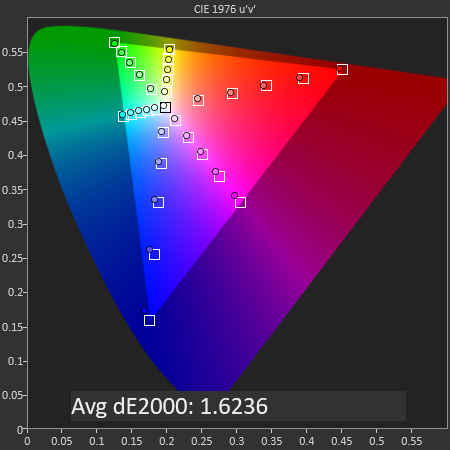

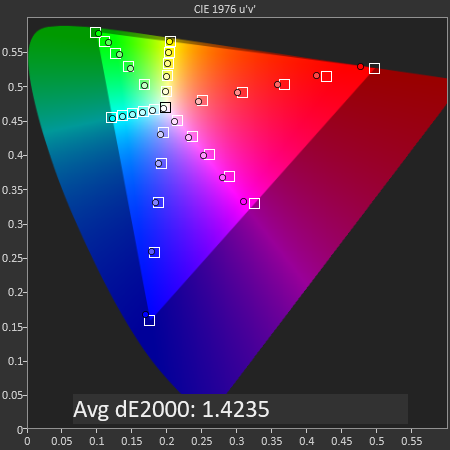
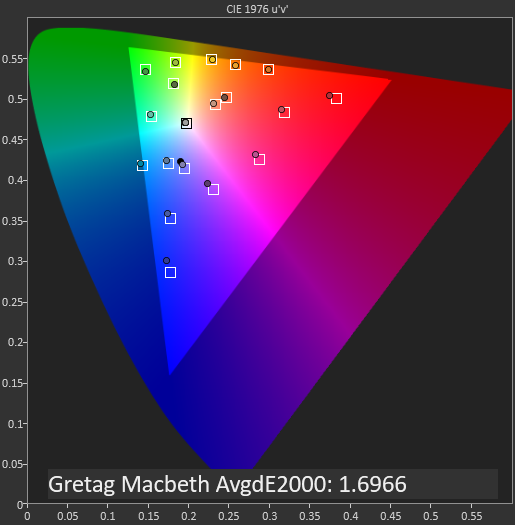
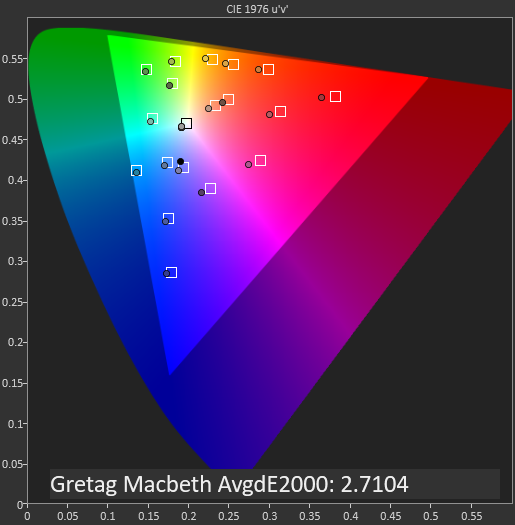

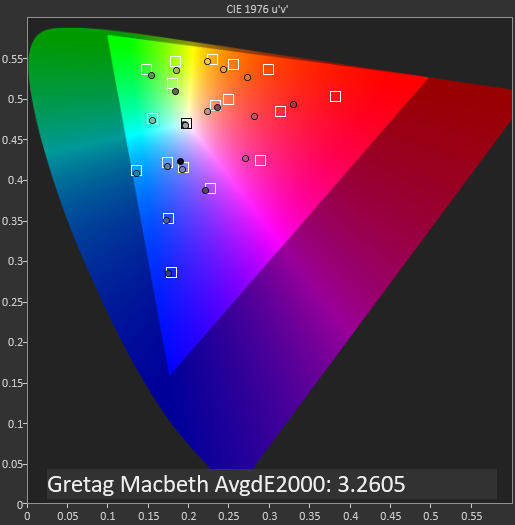
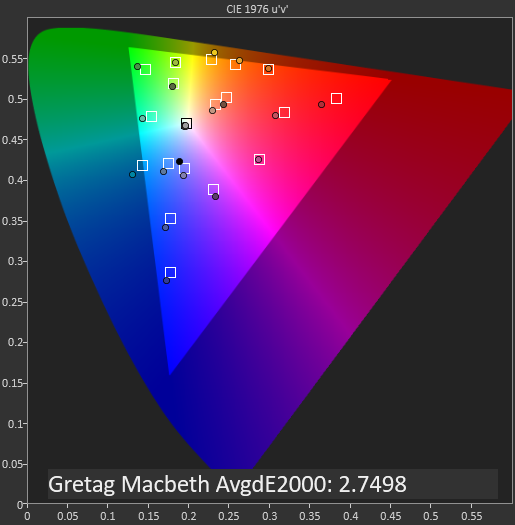









61 Comments
View All Comments
onisad - Friday, June 29, 2018 - link
"It’s clear that the nearest competitor to the MIX 2S is the Galaxy S9+"It's a good review but I think it would have benefited from direct comparisons to the OnePlus 6, as they seem more direct competitors to me, particularly in Europe as you mention: prices and hardware offering between the 2 devices are close, both phones are available to buy online rather than through carriers (afaik), etc.
Always nice to see the Anandtech methodologies applied to phone reviews though, thanks!
Andrei Frumusanu - Friday, June 29, 2018 - link
I'll be receiving the OnePlus 6 next week so I avoided making any comparisons to it without having had the phone in my hands. Obviously it's a valid contender.beersy - Friday, June 29, 2018 - link
I'm sure I'm a minority here, but isn't the screen of a phone the most important part? Frankly I don't game on my phone all the time, but I am always using the display. I would rather have a slightly lessor processor and/or RAM and those funds be diverted to the most important part of a Smartphone. This is clearly a situation where specs were more important than user experience IMHO. And the placement of the front facing camera is just ridiculous.StormyParis - Friday, June 29, 2018 - link
Agreed on the screen (not only latency, but reflections and black levels are also pet peeves for me) The front facing camera is an issue only if you make a lot of video calls. For shooting selfies, having to hold the phone upside down is not an issue.jospoortvliet - Saturday, June 30, 2018 - link
Agreed, I am hoping the next version will have a good AMOLED screen...Fergy - Sunday, July 1, 2018 - link
How often do you use the front camera? It is only meant for selfies and short video calls right? I prefer this solution to a notch.Holliday75 - Tuesday, July 3, 2018 - link
For me it would be a non-issue. I've used the front facing camera on my Pixel 2 maybe 2 or 3 times. I'm sure some users it would be much bigger problem.StormyParis - Friday, June 29, 2018 - link
Nice review thank you. Most compare it to the OnePlus 6 and the Honor 10 (or is it View 10 ?), with mixed results. Also, Samsung is being increasingly aggressive with promos on their current and older-gen devices. The 500€ space is very crowded.I myself buy one step down, Redmi line and Mi Max not Mix. $200 buys you a whole lot of phone these days, I feel reviews skew way too much to the high end.
GreenReaper - Saturday, June 30, 2018 - link
Still rocking my Redmi 2 2GB, but the discontinuation of battery replacements is an issue (and OS - LineageOS worked great, until it didn't). I found an off-brand replacement batter, but as I suspected it doesn't last as long as the original when new, and appears to have issues delivering peak current when below 50%. It'd be nice if they lasted for stockpiling!serendip - Saturday, June 30, 2018 - link
I'm happy with Xiaomi making devices likea this as long as it keeps the Redmi and Mi Max lines. I'm willing to stick with a fast midrange SoC like the 650, 660 or 636 and still get MicroSD storage, a robust metal body, IR blaster and a headphone jack. The Mi Max 2 is the best value when it comes to large and cheap phones with almost-premium parts.